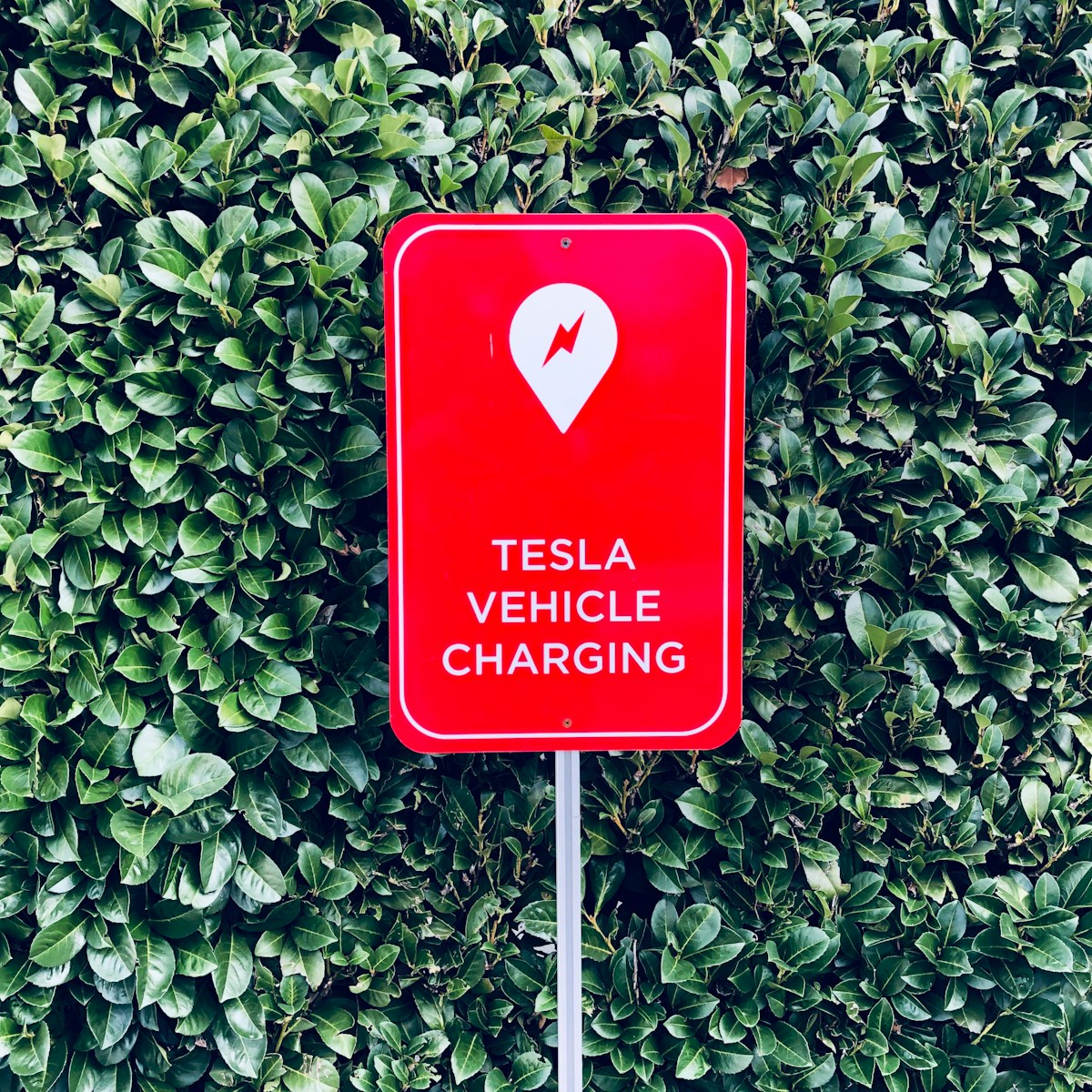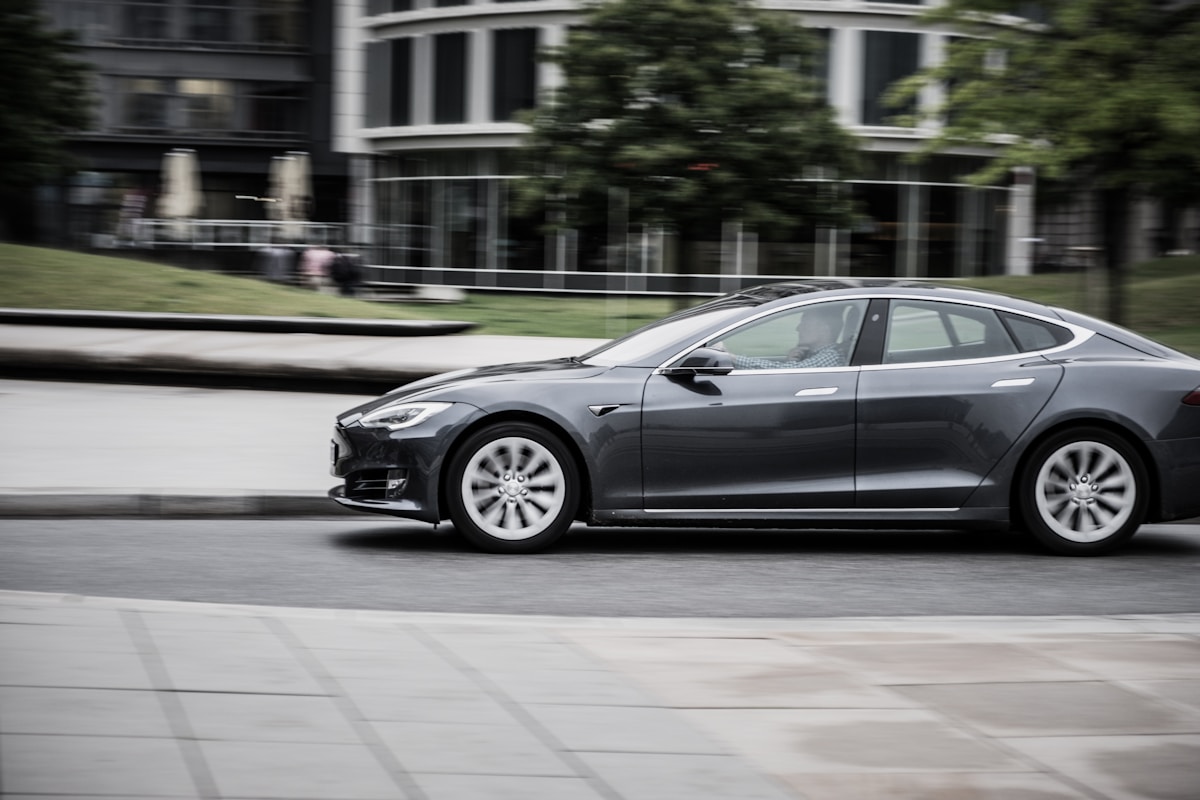Cost of Electric Cars
In an abandoned lot just south of Paris sit hundreds of rows of abandoned cars. However, there’s a catch. None of these cars have taken a sip of gasoline in their lives.
Electric vehicles are taking the world by storm, with manufacturers such as Tesla, Lucid and even Ford paving the way towards a more sustainable future for the automotive industry. However, the full picture often gets overlooked as the glitz and glamor of a sustainable future, in light of our current environmental crisis, snatches the spotlight.
With strong mandates from governments such as the U.S. targeting full EV adoption by 2030, and a public that remains more or less removed from the production and manufacturing process of these vehicles, it is easy to over-romanticize the current value proposition of electric vehicles.
As romanticized and mainstream as these vehicles may currently be, there are a number of ways in which they still exhibit their nascent nature and require significant developments to be made. An especially grounding and resonant example of current improvements that need to be made to EVs are their battery packs.

We’ve all heard of EV range and mileage, as well as most likely ran into a number of Tesla superchargers around the city, but pivoting to scrutinizing the actual battery pack itself reveals a plethora of drawbacks that the industry has yet to overcome.
Firstly, once these battery storage cells have been emptied, they must be replaced, often costing almost twice as much as new vehicle costs. Hence the graveyard of Parisian electric vehicles.
Furthermore, once depleted, these batteries cannot be thrown away, contributing to the accumulation of emptied storage cells, or transitively abandoned electric vehicles as a whole.

It is in the nature of development and novelty to have necessitated developments such as the present issue with high EV battery prices and the lack of a reusability proposition. However, in certain geographies it is as much of an infrastructure issue as it is a R&D one.
Take the United States for example. Despite our grandiose mandates for a full EV utilization by 2030, the current U.S. electric power grid does not have the capacity to handle a situation where even half the country owns an electric vehicle.
Ultimately, infrastructure and R&D have to take steps forward in lockstep.

The fundamental value proposition of electric vehicles is a strong one; divest from fossil fuels and progress towards a more sustainable mode of transportation, our planet surely is begging for it. As with any budding industry however, we are far from a perfection of the craft.
Consequently, this article takes a step towards investigating the critical developments that need to occur within the EV battery and urban policy landscape for current mandates to be feasible.
